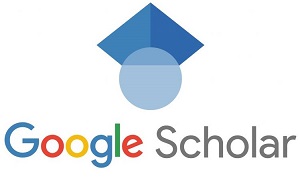NLP-Powered IoT Assistant for Multilingual Classrooms: Bridging Communication Gaps in Education
DOI:
https://doi.org/10.61808/jsrt209Keywords:
Multilingual Education, Natural Language Processing, Internet Of Things, Classroom Technology, Educational EquityAbstract
Communication challenges in linguistically diverse classrooms can limit students' participation and comprehension. This paper presents a novel educational assistant that combines natural language processing (NLP) and Internet of Things (IoT) technologies to facilitate seamless multilingual interaction. By providing live translation, emotional state recognition, and contextual instructional cues, the system supports both teachers and students in navigating linguistic diversity. Designed in alignment with Universal Design for Learning (UDL) principles, the tool aims to foster inclusive practices by adapting to the dynamic needs of learners. Initial pilot scenarios reveal improvements in engagement and concept clarity. The paper details the assistant’s system design, implementation considerations, and practical benefits for adaptive teaching in multilingual settings. This assistant is designed to operate seamlessly within existing classroom ecosystems, minimizing training burdens and supporting diverse linguistic profiles.











